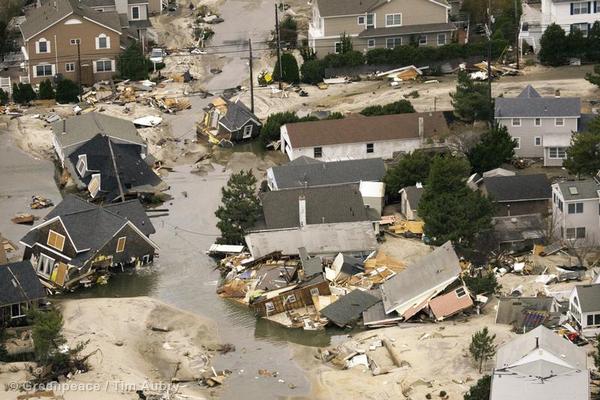Resiliency+ Series: A Highlight of Clean Energy Technologies that will Strengthen New Jersey’s Electricity Grid

Improving energy resiliency has become critically important throughout the United States – particularly in the Northeast, where devastating events like Superstorm Sandy debilitated our electricity grid. States are searching for ways to create a stronger, smarter, and more flexible energy infrastructure, so that storm damage can be minimized and restoration times shortened. Doing so, however, is no small task. Ensuring that the lights stay on in critical facilities like hospitals, emergency shelters, and water treatment facilities requires innovative thinking, as well as a forward-looking instead of reactive approach to our power sector.
The issue is critical for New Jersey
New Jersey was among the worst hit when Superstorm Sandy pummeled the East Coast eighteen months ago. The state suffered more than $30 billion in damage, most of it along the Jersey shore, while an estimated 2.6 million households across the entire state lost power, many of them for weeks. Five days after Sandy hit, a third of New Jersey’s homes and businesses still did not have electricity.
The storm highlighted the state’s vulnerable power infrastructure and the need to modernize the antiquated electricity grid. The loss of power not only impacted residents, it left many critical facilities unable to function. According to a disaster recovery plan released by the New Jersey Governor’s office, “[e]lectricity interruption also impacted 9-1-1 facilities, hospitals, nursing homes, long-term care facilities, domestic violence shelters, foster homes, mental health facilities, and other infrastructure that provides critical social services throughout the State.”
The solution is paradigm shifting
A more resilient energy system needs to not only be more responsive to extreme weather events but also work in advance to minimize and prevent damage. The path forward will require the integration and deployment of clean energy resources and technologies, which are critical to a resilient power infrastructure. Clean energy is not only environmentally friendly, but by its very nature provides lasting resiliency benefits to our electricity grid. For example, distributed generation (like rooftop solar and combined heat and power units) and microgrids (clusters of homes and buildings that share local electricity power generation and/or energy storage devices while disconnected from the utility grid) can limit the extent of an outage, while renewable energy and energy storage can keep the lights on in critical facilities. Furthermore, smart grid technology can help identify outages more quickly, vastly reducing the time it takes to restore power. These examples only begin to scrape the surface of the potential for clean energy resources and technologies to transform an aging and outmoded electricity grid into a flexible and resilient one.
What we’re doing
EDF has advocated for resiliency solutions that include clean energy resources and technologies as tools to get to the root of this critical issue. Starting today, we’re taking another step in this direction by launching this blog series, Resiliency+, which highlights the ways in which clean energy can play an important part in increasing energy resiliency in New Jersey and around the country. Check back every two weeks, or sign up to receive Energy Exchange blog posts via email, when a new article will spotlight a particular clean energy resource or technology and the part it can play in helping to build a more resilient electricity grid.










